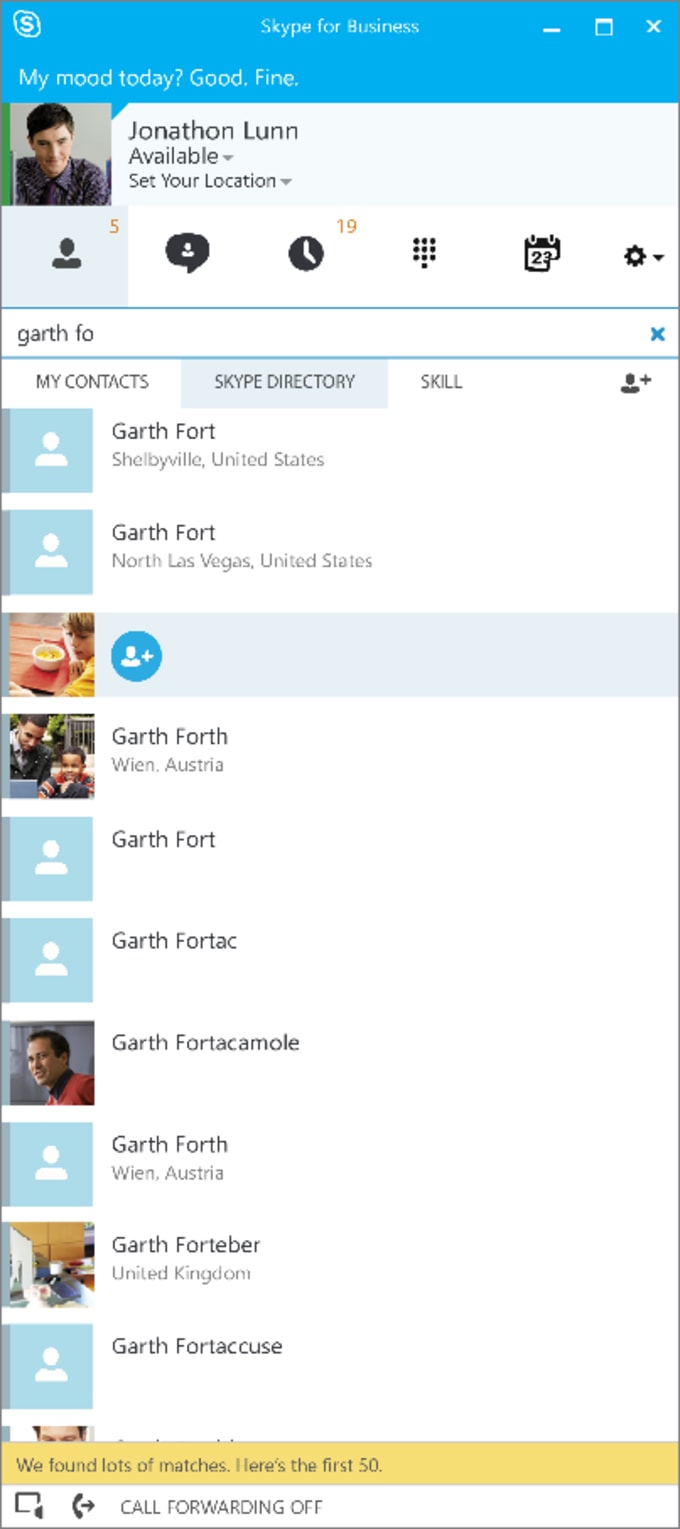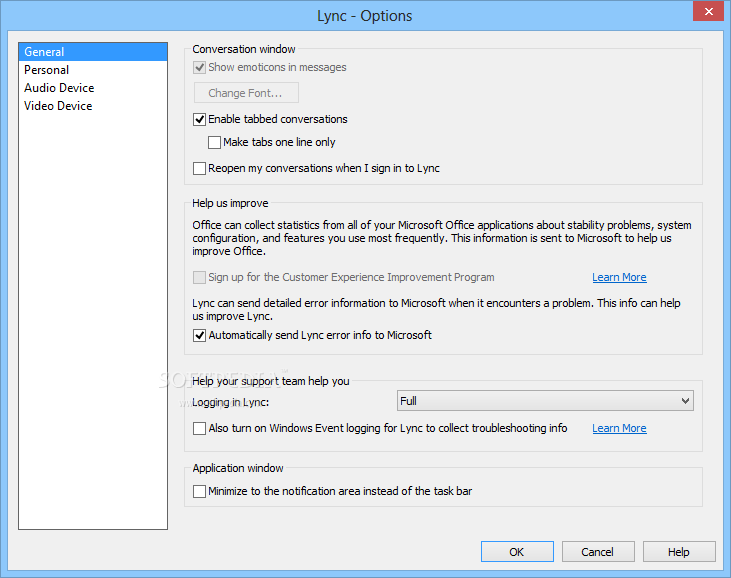
- #SKYPE FOR BUSINESS 2013 64 BIT HOW TO#
- #SKYPE FOR BUSINESS 2013 64 BIT UPDATE#
- #SKYPE FOR BUSINESS 2013 64 BIT FULL#
- #SKYPE FOR BUSINESS 2013 64 BIT PRO#
XenApp 7.x deployment of Windows Server 2008 R2 published desktops XenApp 6.x deployment of Windows Server 2008 R2 published desktops XenDesktop 7.x deployment of Windows Server 2008 R2 machines with hosted Remote Desktop Service (RDS) desktops XenDesktop 7.x deployment of Windows 7 and Windows 8.1 Desktop OS machines The “v1” VDI Plug-in enabled Windows device users to make audio and video calls while preserving server scalability by offloading media processing to the user device.Ĭitrix continues to support the following deployments with the Microsoft VDI Plug-in: The Microsoft “v1” VDI Plug-in, designed as a plug-in to Citrix Receiver for Windows, optimized Skype/Lync audio and video in a Virtual Desktop Infrastructure (VDI) environment, prior to the introduction of the new “v2” architecture jointly developed by Citrix and Microsoft. For feature limitations of the VDI Plug-in, refer to Known Limitations for VDI on the Microsoft TechNet site.
#SKYPE FOR BUSINESS 2013 64 BIT HOW TO#
This article describes how to install the Microsoft VDI Plug-in and provides a list of known issues. (See VDI plug-in prerequisites on Microsoft TechNet.)Īlthough the VDI Plug-in solution has been superseded by the HDX RealTime Optimization Pack and updates to the Skype for Business client, it will continue to be fully supported according to its lifecycle.
#SKYPE FOR BUSINESS 2013 64 BIT FULL#
The VDI Plug-in was suitable for customers using the Skype for Business 2015 or Lync 2013 client exclusively with Windows devices (Windows 7, WES 7, Windows 8.x or Windows 10) and delivering the Skype or Lync client as part of a full virtual desktop. The Microsoft VDI Plug-in packaged the Skype/Lync client as a headless plug-in to the Citrix Receiver. Citrix and Microsoft continue to support the VDI Plug-in solution according to its lifecycle.
#SKYPE FOR BUSINESS 2013 64 BIT UPDATE#
Prior to the Citrix-Microsoft collaboration on a “v2” architecture for delivering the Skype for Business client from XenApp and XenDesktop which culminated in the HDX RealTime Optimization Pack 2.0 release in December 2015 and a corresponding update to the Skype for Business client, Microsoft promoted a “v1” solution consisting of a Citrix Receiver for Windows plug-in called the “VDI Plug-in”. So they published a support article.XenApp 6.x, XenApp 7.x, XenDesktop 7.x and Citrix Receiver 4.x include the interfaces required for compatibility with Microsoft’s old “v1” architecture VDI Plug-in for Skype™ for Business 2015 and Lync™ 2013. The agent also confirmed that they are aware that many users are having problems installing the Skype for Business client with Office 2016. Like the Enterprise one above, if the account isn't associated with an Academic Plan it will revert to basic. This also installs the full client, but will ask for an email address. In the end I used a product key and it installed an update.įor customers using Academic Plans - A1,A3 and A4 If I was on an Enterprise Plan it would have been the full client. I entered my Office 365 email address and it reverted back to Basic. This installs the Skype for Business full client - however it asks for an email address, phone number or a product code to activate.

#SKYPE FOR BUSINESS 2013 64 BIT PRO#
This installs the Skype for Business Basic client.įor customers using Enterprise plans and Office Pro Plus SKU’s - E1, E3 and E4

The agent gave me three links to standalone installers of Skype for Business, specifically for Office 365 customers.įor customers using Business SKU’s - Business Essentials, Business and Business Premium Once done it didn't include Skype for Business.

I installed Office 2016 again from the Click to Run. Uninstall, Registry, Files and Folders.īack to the installer. The agent walked me through completely removing all traces of Office 2013 from my Surface.

I raised a support case with the Office 365 team. I needed Skype for Business on my machine so I rolled back to Office 2013.


 0 kommentar(er)
0 kommentar(er)
